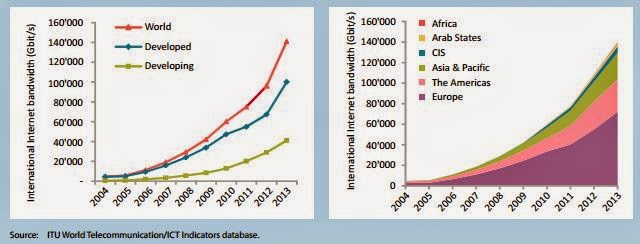According to their snappily named report entitled Global, regional, and national age–sex specific all-cause and cause-specific mortality for 240 causes of death, 1990–2013: a systematic analysis for the Global Burden of Disease Study 2013 "Global life expectancy for both sexes increased from 65·3 years (UI 65·0–65·6) in 1990, to 71·5 years (UI 71·0–71·9) in 2013, while the number of deaths increased from 47·5 million (UI 46·8–48·2) to 54·9 million (UI 53·6–56·3) over the same interval."
For those of us who like clever people to read Lancet articles and just tell us the basics, the good folks at PopSci have summarised the report. They conclude that the average girl born in 2012 can expect to live to the age of 72; the average boy to 68. People just about everywhere are living longer, and the average life expectancy has gone up by six years since 1990. In low income countries, the gains have been higher, with life expectancy up an average of nine years.
The highest life expectancies are in Iceland, Switzerland and Australia:
| Source: PopSci |
| Source: Wall Street Journal |




























